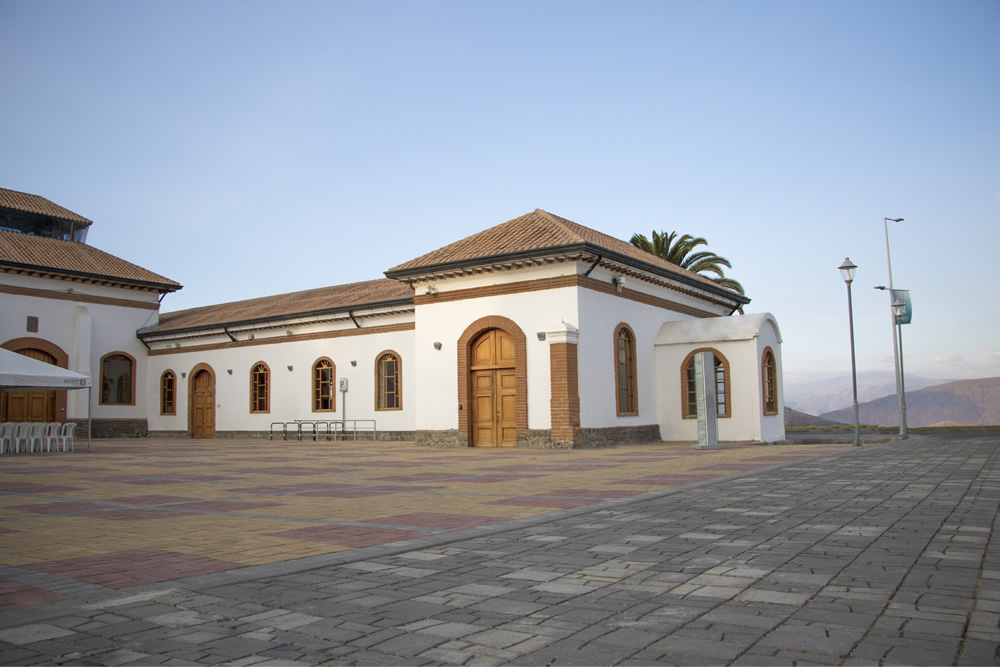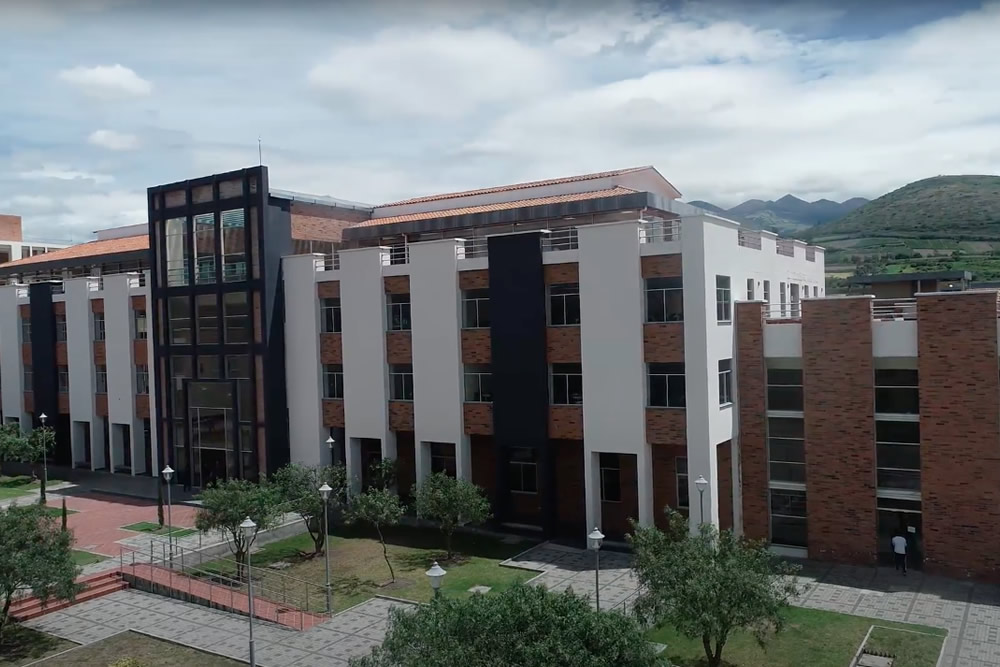Raman spectroscopy in ancient materials / Christopher Jhoanpier Quezada Villarreal ; tutor Julio Cesar Chacón Torres
Tipo de material: TextoIdioma: Inglés Idioma del resumen: Español Fecha de copyright: Urcuquí, 2022Descripción: 86 hojas : ilustraciones (algunas a color) ; 30 cm + 1 CD-ROMTema(s): Recursos en línea: Nota de disertación: Trabajo de integración curricular (Físico/a). Universidad de Investigación de Tecnología Experimental Yachay. Urcuquí, 2022 Resumen: Raman spectroscopy carved out a niche in the field of diagnostic, analysis and conservation of cultural heritage and different artistic works such as archaeological objects. This archaeometry technique allows us to improve the study of different Ecuadorian ancient cultural heritage and the preservation of the structural properties of these materials. However, a major challenge for researchers is the proper assessment of the provenance and the chemical and structural composition of these individual pieces of cultural heritage due to their lack of archaeological context and advanced characterization techniques. Raman spectroscopy is a non-destructive precise technique that study the hidden supramolecular interactions with the structure and chemical composition of materials. Thus, Raman spectroscopy could potentially allow us to undercover hidden information around the long-term preservation of cultural heritage materials based on their internal composition without damaging the historical samples. This technique is allowing art conservators, restorers of history, archaeologists and archaeometrists discover all sorts of secrets hidden in artworks and ancient national treasures. In Raman spectroscopy, photons from the laser interact with molecules and are scattered. Most photons are elastically scattered so that the emitted photons have the same wavelength and intensity as the absorbing photons. Some of the incident photons are inelastically scattered so their wavelengths and intensities are shifted. The spectrum of wavelength shifted light is called the Raman spectrum and each line in the spectrum corresponds to a specific vibrational mode of the chemical bonds in a molecule. Each molecule has a unique Raman spectrum and its high sensitivity lets detect very small amounts of natural organic pigments which have been hidden long time ago. In this project, we aim to analyze and study the internal structures and molecular interactions of four vessels from the late imperial site of Caranqui-Inca by means of Raman spectroscopy. It is planned to compare the samples of the study to their closest parental counterpart in nowadays materials.
TextoIdioma: Inglés Idioma del resumen: Español Fecha de copyright: Urcuquí, 2022Descripción: 86 hojas : ilustraciones (algunas a color) ; 30 cm + 1 CD-ROMTema(s): Recursos en línea: Nota de disertación: Trabajo de integración curricular (Físico/a). Universidad de Investigación de Tecnología Experimental Yachay. Urcuquí, 2022 Resumen: Raman spectroscopy carved out a niche in the field of diagnostic, analysis and conservation of cultural heritage and different artistic works such as archaeological objects. This archaeometry technique allows us to improve the study of different Ecuadorian ancient cultural heritage and the preservation of the structural properties of these materials. However, a major challenge for researchers is the proper assessment of the provenance and the chemical and structural composition of these individual pieces of cultural heritage due to their lack of archaeological context and advanced characterization techniques. Raman spectroscopy is a non-destructive precise technique that study the hidden supramolecular interactions with the structure and chemical composition of materials. Thus, Raman spectroscopy could potentially allow us to undercover hidden information around the long-term preservation of cultural heritage materials based on their internal composition without damaging the historical samples. This technique is allowing art conservators, restorers of history, archaeologists and archaeometrists discover all sorts of secrets hidden in artworks and ancient national treasures. In Raman spectroscopy, photons from the laser interact with molecules and are scattered. Most photons are elastically scattered so that the emitted photons have the same wavelength and intensity as the absorbing photons. Some of the incident photons are inelastically scattered so their wavelengths and intensities are shifted. The spectrum of wavelength shifted light is called the Raman spectrum and each line in the spectrum corresponds to a specific vibrational mode of the chemical bonds in a molecule. Each molecule has a unique Raman spectrum and its high sensitivity lets detect very small amounts of natural organic pigments which have been hidden long time ago. In this project, we aim to analyze and study the internal structures and molecular interactions of four vessels from the late imperial site of Caranqui-Inca by means of Raman spectroscopy. It is planned to compare the samples of the study to their closest parental counterpart in nowadays materials.
| Tipo de ítem | Biblioteca actual | Signatura | Copia número | Estado | Fecha de vencimiento | Código de barras | Reserva de ítems | |
|---|---|---|---|---|---|---|---|---|
 Tesis
Tesis
|
Biblioteca Yachay Tech | ECFN0095 (Navegar estantería(Abre debajo)) | 1 | No para préstamo | T000522 |
Trabajo de integración curricular (Físico/a). Universidad de Investigación de Tecnología Experimental Yachay. Urcuquí, 2022
Incluye referencias bibliográficas (páginas 69-73)
Trabajo de integración curricular con acceso abierto
Texto (Hypertexto links)
Raman spectroscopy carved out a niche in the field of diagnostic, analysis and conservation of cultural heritage and different artistic works such as archaeological objects. This archaeometry technique allows us to improve the study of different Ecuadorian ancient cultural heritage and the preservation of the structural properties of these materials. However, a major challenge for researchers is the proper assessment of the provenance and the chemical and structural composition of these individual pieces of cultural heritage due to their lack of archaeological context and advanced characterization techniques. Raman spectroscopy is a non-destructive precise technique that study the hidden supramolecular interactions with the structure and chemical composition of materials. Thus, Raman spectroscopy could potentially allow us to undercover hidden information around the long-term preservation of cultural heritage materials based on their internal composition without damaging the historical samples. This technique is allowing art conservators, restorers of history, archaeologists and archaeometrists discover all sorts of secrets hidden in artworks and ancient national treasures. In Raman spectroscopy, photons from the laser interact with molecules and are scattered. Most photons are elastically scattered so that the emitted photons have the same wavelength and intensity as the absorbing photons. Some of the incident photons are inelastically scattered so their wavelengths and intensities are shifted. The spectrum of wavelength shifted light is called the Raman spectrum and each line in the spectrum corresponds to a specific vibrational mode of the chemical bonds in a molecule. Each molecule has a unique Raman spectrum and its high sensitivity lets detect very small amounts of natural organic pigments which have been hidden long time ago. In this project, we aim to analyze and study the internal structures and molecular interactions of four vessels from the late imperial site of Caranqui-Inca by means of Raman spectroscopy. It is planned to compare the samples of the study to their closest parental counterpart in nowadays materials.
Textos en inglés con resúmenes en español e inglés
No hay comentarios en este titulo.



